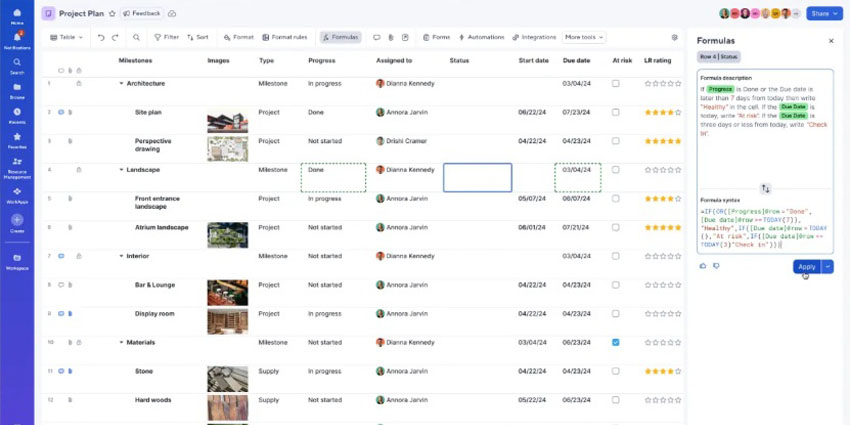Collaboration and the need for security have always walked hand in hand, according to Vipin Tyagi, Chief Technology Officer, Executive Vice President of Strategic Relationships at PGi. As connectivity brought people together, it increased potential for ever greater collaboration — while at the same time, increasing risks, and unforeseen consequences. “When we talk about broadening the framework of collaboration, we need to be broadening the framework of security around it as well,” he explained.
Quantum security challenges
The logical conclusion of this will be the advent of quantum computing, when brute force attacks will be redefined at speeds we cannot comprehend, when combinations can be applied in parallel rather than sequentially. However, we’ll apply the same technologies on behalf of the good guys, and move to encryption which is not based on computing hardness but total randomness. “So you’ll generate a totally mathematical, verifiable, physical phenomena-based key”, he explained. The algorithms will mature, along with computational speeds, so we’ll be able to solve problems steeped in complexity — and keep protecting our data and assets from attack in the future.
But this will be well worth doing, when we start to truly grasp the potential inherent in collaboration technology and everything it can do to support working at a distance and enabling organisations to truly get things done together in a location-independent way — which we are only at the outset of embracing, according to Tyagi:
“What’s happening up until now, is that we’re mostly just seeing digital collaboration as a tool, as a set of disconnected tools – that we use when we’re not able to solve an isolated problem. So, we’re just adding features and functions, on top of the original voice — video calling, file sharing, all different ways of interacting. But they’re essentially diverse and uncorrelated at this point, so the user is left with a tremendous amount of complexity,” he reflected. This makes sense in the wealth of research findings which indicate that many teams and organisations deploy multiple different platforms and devices, because each one better solves a very specific collaboration issue slightly better, compared to the others — leaving online collaborators with one clear and ubiquitous digital workplace at which to show up.
Towards frictionless collaboration
“Human beings are fundamentally both lazy and greedy, lazy in body and greedy in mind. So, ultimately to enhance the human experience of collaboration, we need greater fusion of the experience, we need to focus on ease of use and maximum information of different types in a consolidated way which includes cross-platform”
It’s on its way, Tyagi is sure, but collaboration between service providers and solution providers is what is needed, to remove friction from the online interaction, and allow us to really spend prolonged times working together remotely with minimum stress or tension. “Standardization work is being done by WebRTC and the W3C consortium, and eventually we’ll give people the experience they need.”
A number of technologies are converging to support that, including the 5G rollout — which will reduce latency in video calling to the point that our eyes cannot detect the illusion, and all sense of distance is removed. “It will be like 3000 dpi in print, where the human eye cannot see the dots, or 4k television clarity. Once we get that intersection of the right tools, 5g and fast fibre in combination. And cognitive processing, millions of devices working together.
“It’s going to be a very interesting playground for us, in which to generate the next wave of collaboration tools,” he concluded with a smile.







